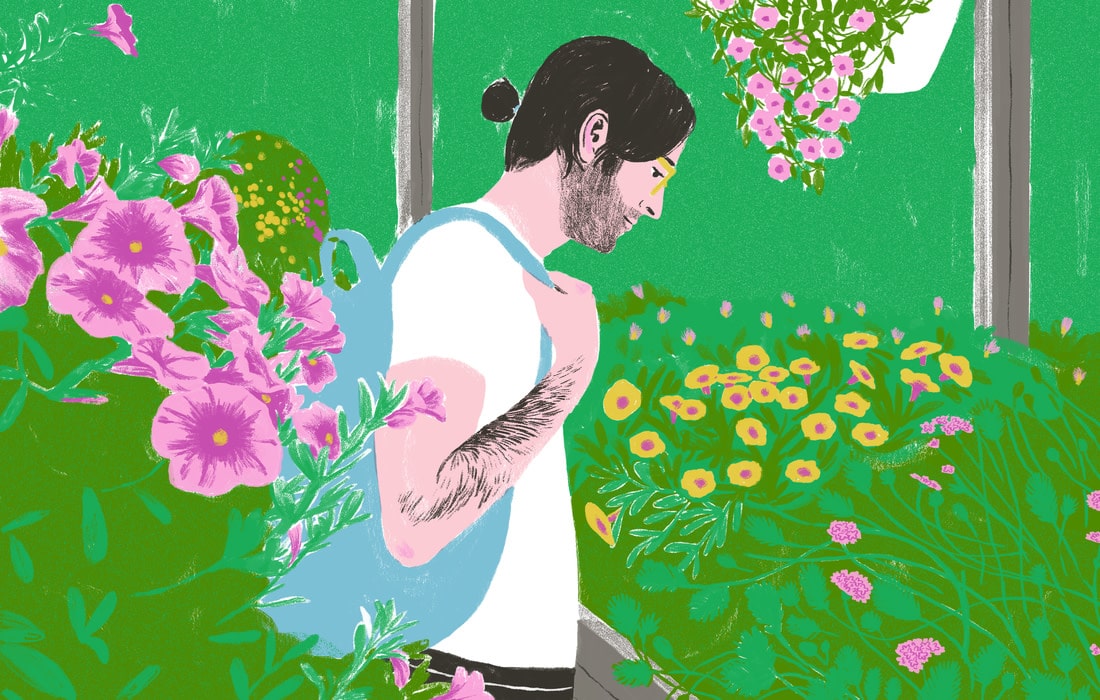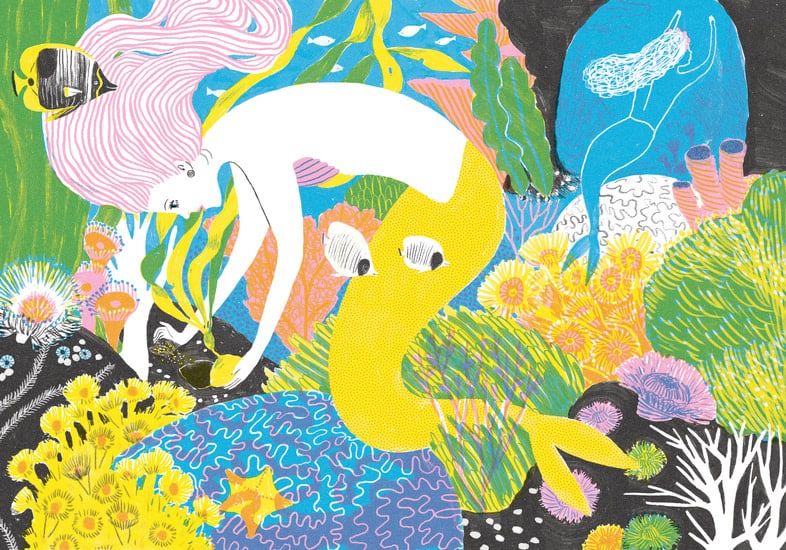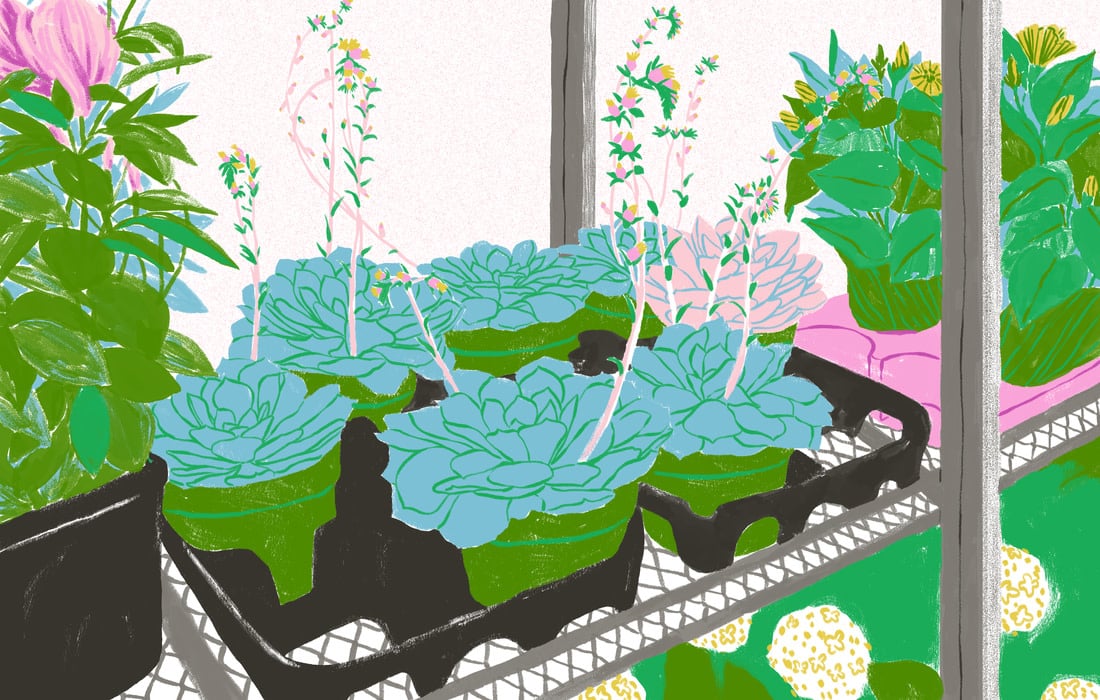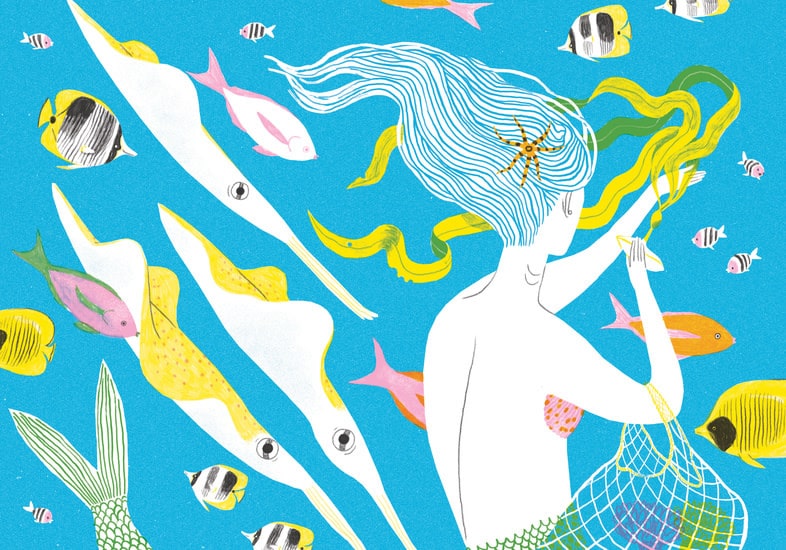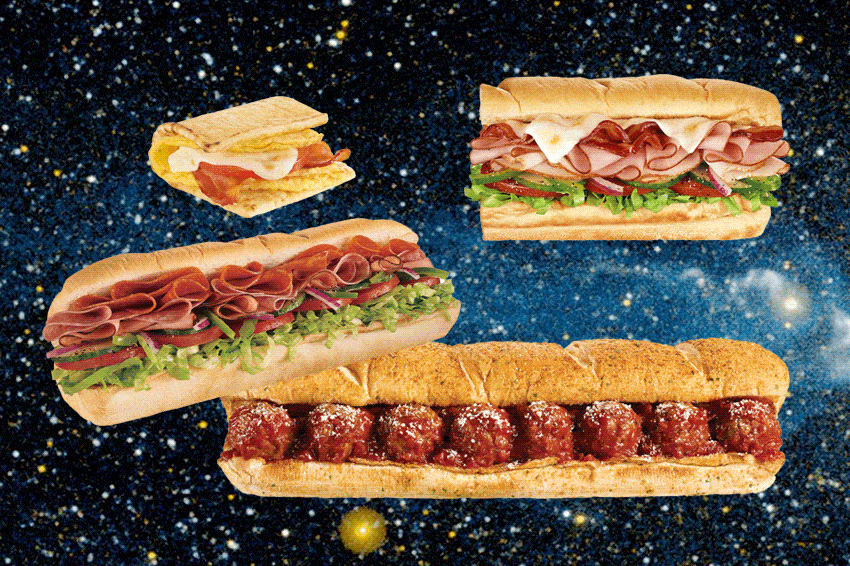¿Dibujar ilustraciones para Subway te da bocadillos gratis de por vida? Lamentablemente, no, ilustrador Emily Taylor revela. Pero admite: "Definitivamente, he comido más Subway durante este proyecto que en los últimos años. Me gustaría reclamar esos bocadillos como 'investigación del proyecto'".
Cuando la agencia de publicidad se puso en contacto con la ilustradora de Toronto Sid Lee con el contrato de Subway Canadá, estuvo a punto de borrar el correo electrónico, suponiendo que era correo basura. Sin embargo, en cuanto Taylor se enteró de los detalles, se mostró ansiosa por tener la oportunidad de prestar su juguetón estilo de ilustración a la campaña publicitaria de Subway, dibujando recursos para anuncios animados, buzoneo impreso y un buzoneo nacional.
Además de su trabajo de ilustración, en el que a menudo aparecen plantas, flores y alimentos, Taylor dirige Diario de la cabañauna pequeña empresa de papelería. Al ver sus tarjetas impresas en risografía con bacon y huevos, melocotones y pretzels, es fácil imaginar que su trabajo añade un aire creativo a los activos de marketing de los bocadillos.
Clientes corporativos tan grandes como Subway Canadá pueden parecer intimidantes para los ilustradores autónomos, que temen que trabajar con una marca conocida signifique comprometer su estilo individual. Nos pusimos en contacto con Taylor para averiguar cómo era trabajar con un cliente tan grande como Subway, y qué se siente al ver tu arte en las paredes de una enorme cadena de restaurantes, o envolviendo tu bocadillo del almuerzo.
Entrevista realizada por Genista Jurgens
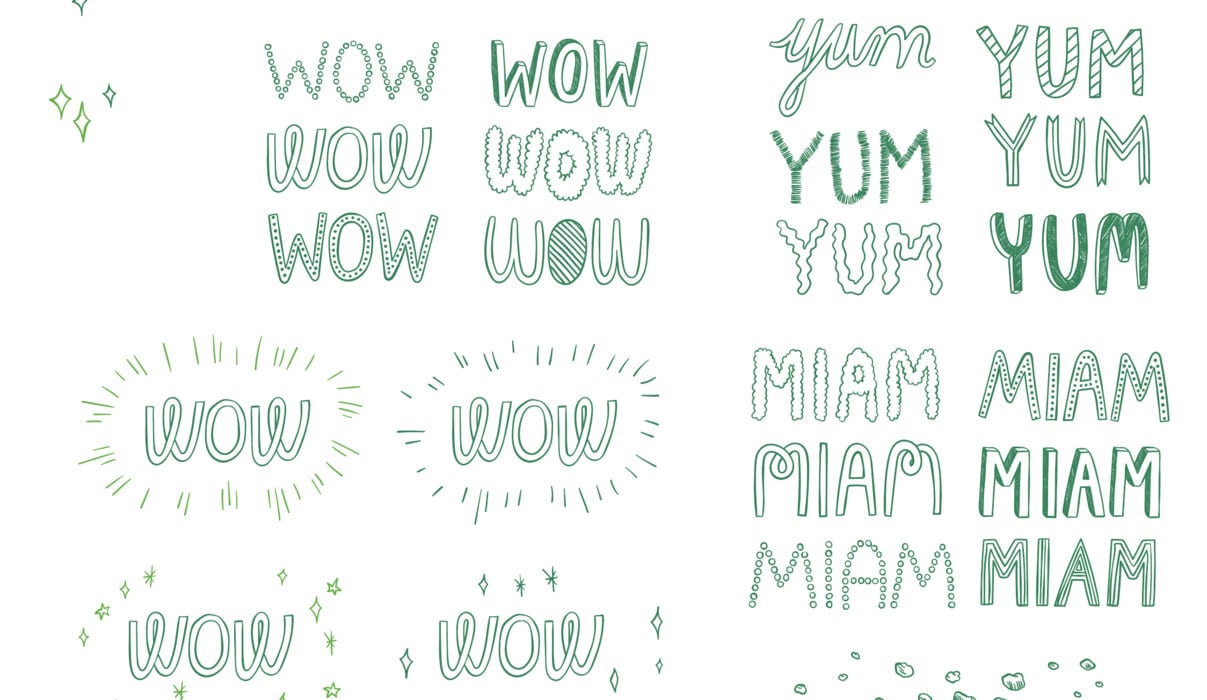
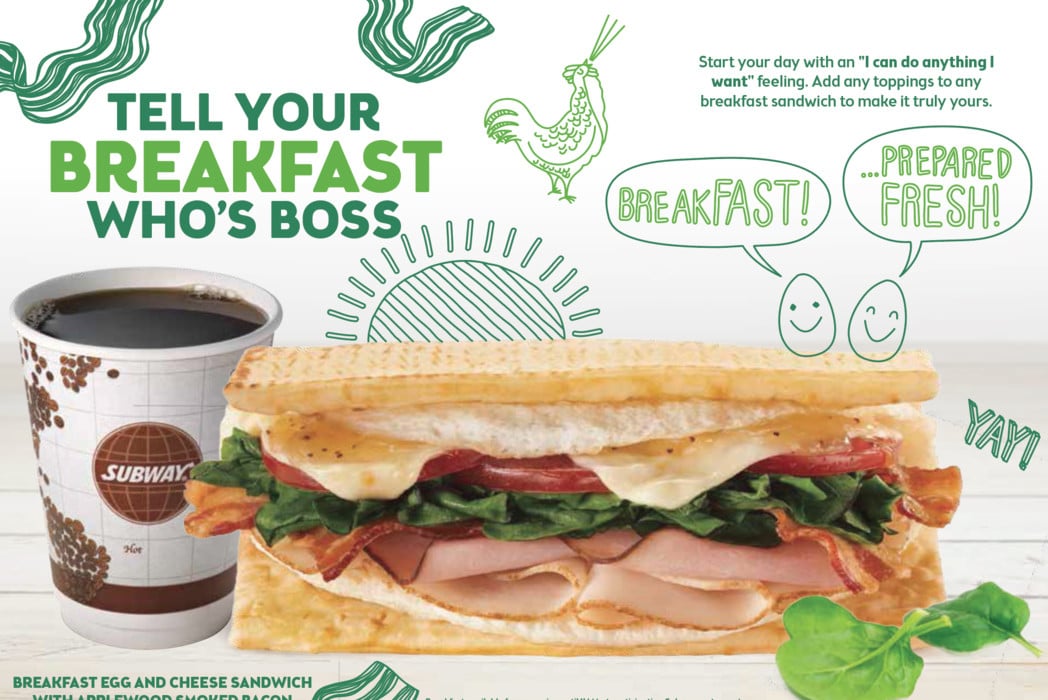
El metro que hay a la vuelta de la esquina de mi apartamento tenía mis ilustraciones en las paredes y ventanas; fue un poco surrealista verlo.
Aunque ésta fue mi primera campaña nacional de branding, no era la primera vez que trabajaba en un trabajo creativo corporativo. Fue genial que familiares y amigos de todo el país me enviaran fotos de los folletos ilustrados que recibían por correo, o de las ilustraciones animadas como anuncios en la televisión y las redes sociales de Subway. El Subway que había a la vuelta de la esquina de mi apartamento tenía mis ilustraciones en las paredes y en las ventanas; era un poco surrealista verlo.
El trabajo empezó con un correo electrónico y una reunión en persona. En realidad, el correo electrónico inicial que recibí de la agencia de publicidad sobre la ilustración para Subway no contenía ni "ilustración" ni "Subway" en el asunto, y estuve a punto de tirarlo a la basura pensando que era correo basura. Después de intercambiar correos electrónicos, quedamos en su oficina para charlar en persona sobre lo que estaban planeando y lo que buscaban en cuanto a estilo de ilustración, contenido y colores.
Al principio me pidieron que dibujara componentes de bocadillos que complementaran la fotografía -que trabajaran con ella, pero sin abrumarla- para sus nuevos folletos. Acabamos con cinco o seis páginas de conjuntos de ilustraciones. Una vez concluido ese proyecto, volvieron a ponerse en contacto conmigo para preguntarme si me interesaría trabajar en más ilustraciones, secuenciales esta vez, para animaciones. Y, por supuesto, dije que sí.
Fui a Sid Lee, la agencia de publicidad que trabaja con Subway, dos veces a través del proceso del trabajo de correo directo ilustrado y de los anuncios animados ilustrados. Allí me reuní con un equipo de cuatro personas (¡fueron fantásticos!). Repasamos el pedido y las directrices de estilo de la marca.
Tener una serie de normas no significa que no puedas divertirte con ellas.
La espera de respuestas para avanzar en algo puede ser un poco más lenta con los trabajos corporativos, ya que algo suele tener que pasar por unas cuantas personas de la agencia, y luego por el cliente, antes del "sí" final, pero este trabajo fue como la seda y todo el mundo respondió con prontitud. Estuvimos en comunicación constante, con muy pocas esperas y un feedback estupendo. Fue muy divertido trabajar con ellos.
Fijamos unos plazos (que cambiaron a lo largo del trabajo) y me puse manos a la obra. Normalmente trabajo digitalmente. Con estas ilustraciones, para los distintos tamaños que necesitaban para los productos finales, trabajaba con dibujos de líneas vectoriales en Adobe Illustrator. Esbocé líneas de verduras y palabras y flechas y estrellas y todos los conjuntos que me pidieron, y luego los volví a dibujar todos digitalmente en AI. Desarrollamos conjuntos de ilustraciones de los que podrían tirar más tarde cuando montaran los sobres, y me dieron una copia de trabajo de la maqueta con la fotografía para que dibujara alrededor y colocara las ilustraciones encima. Ellos diseñaron la composición final.
Fue un proceso similar para las animaciones de los tres anuncios de Subway. Pero como se trataba de ilustraciones secuenciales para un proceso similar al stop-motion, tuve que dibujar los mismos elementos varias veces para conseguir que se movieran, se transformaran y saltaran. Su equipo de animación se encargó de los movimientos más grandes, y ensamblaron todas mis ilustraciones secuenciales en algo que se movía y cobraba vida.
Como ilustrador, todavía puedes dar tu propio estilo a cualquier cosa.
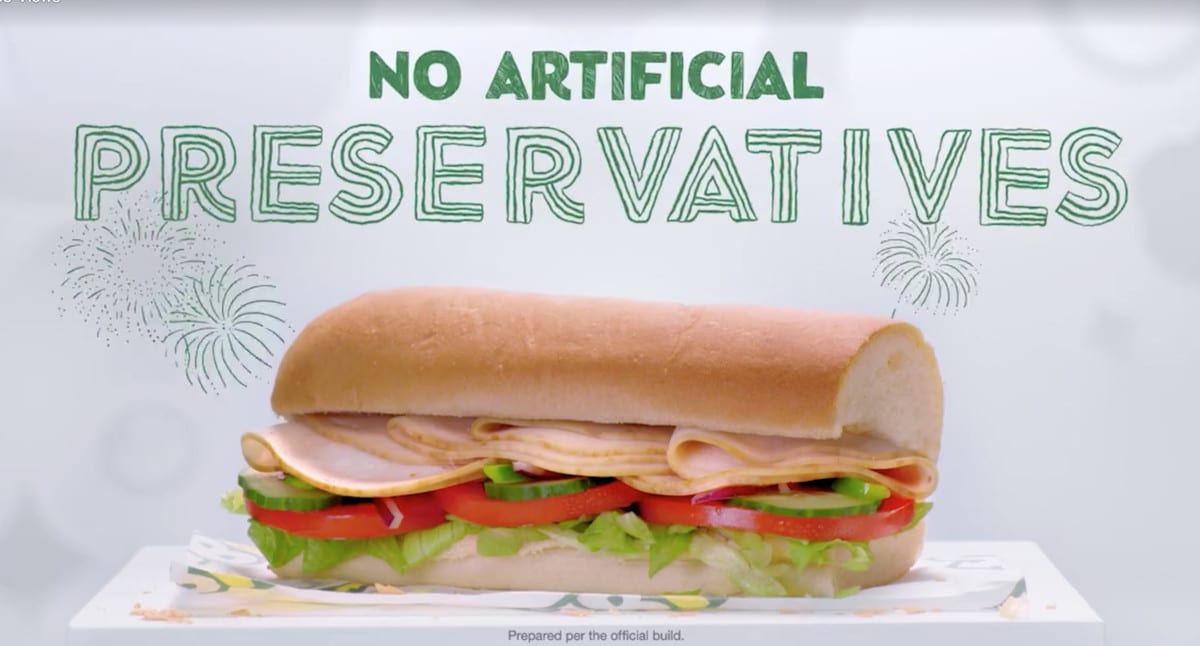
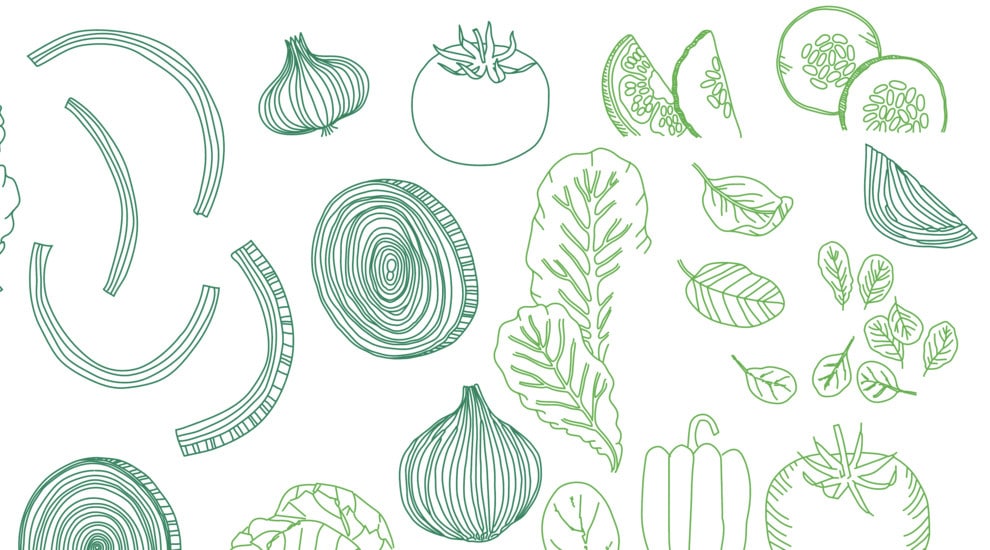
Era la primera vez que trabajaba con animaciones, y eso implicaba un tipo de proceso de ilustración diferente al que estoy acostumbrada. Pero fue realmente interesante ver cómo se unía todo y asombroso ver el resultado final en movimiento.
Ya no suelo trabajar estrictamente con líneas, algo que solía hacer mucho más. Como ilustrador, puedes seguir imprimiendo tu propio estilo a cualquier cosa, ya sea trabajando estrictamente con líneas o con colores. Tenía que trabajar según el briefing, con dos colores concretos y una guía de estilo de la marca que cumplir, pero aquí y allá pude añadir pequeñas cosas que a los directores artísticos les gustaron y me permitieron mantener. Trabajar según un briefing me permite aprender algo nuevo cada vez, y aunque suponen un reto, a menudo resultan ser lo más gratificante. Tener una serie de normas no significa que no puedas divertirte con ellas.
Durante el proceso, se solicitaron más ilustraciones de las que se habían pedido originalmente. Recomendaría a otros ilustradores que no tuvieran miedo de dar otro presupuesto por cualquier nuevo conjunto de ilustraciones. Así te aseguras de que te compensen por cualquier trabajo extra fuera de la petición original, y tener un nuevo presupuesto ayuda a la agencia a hacer un seguimiento de todas las ilustraciones pedidas en curso, nuevas y originales.
También animaría a otros artistas a que leyeran detenidamente los contratos que se les pide que firmen. No son declaraciones generales, están abiertos a la negociación y no debes tener miedo de discutir los términos del contrato si hay cláusulas con las que no te sientes cómodo. Las agencias quieren asegurarse de que puedes cumplir unos plazos muy ajustados, unos plazos que pueden cambiar repentinamente, y de que puedes hacer frente a nuevas incorporaciones al encargo original.
Encuentre más de Ilustración de Emily Taylor abajo y en su portafolio, construido con Format.
